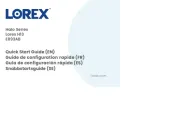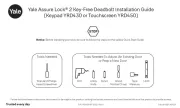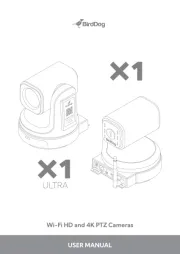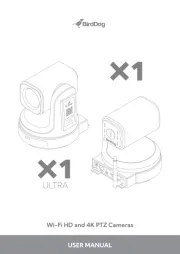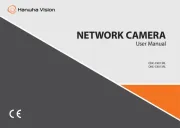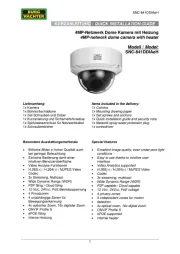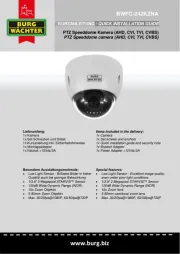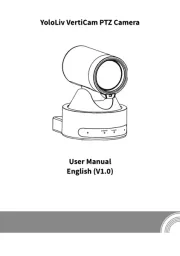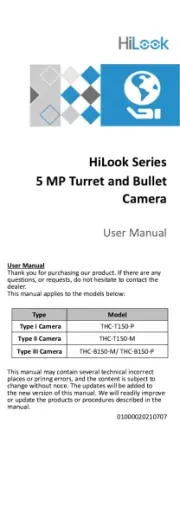Vivotek VS3102 Video Server Manual
Læs gratis den danske manual til Vivotek VS3102 Video Server (83 sider) i kategorien sikkerhedskamera. Denne vejledning er vurderet som hjælpsom af 25 personer og har en gennemsnitlig bedømmelse på 4.4 stjerner ud af 13 anmeldelser.
Har du et spørgsmål om Vivotek VS3102 Video Server, eller vil du spørge andre brugere om produktet?

Produkt Specifikationer
| Mærke: | Vivotek |
| Kategori: | sikkerhedskamera |
| Model: | VS3102 Video Server |
Har du brug for hjælp?
Hvis du har brug for hjælp til Vivotek VS3102 Video Server stil et spørgsmål nedenfor, og andre brugere vil svare dig
sikkerhedskamera Vivotek Manualer










sikkerhedskamera Manualer
- Trust
- Miniland
- Speco Technologies
- Axis
- BirdDog
- Eufy
- Apeman
- Planet
- Lumens
- Jablocom
- Gira
- Eminent
- Exacq
- Mr Safe
- First Alert
Nyeste sikkerhedskamera Manualer
